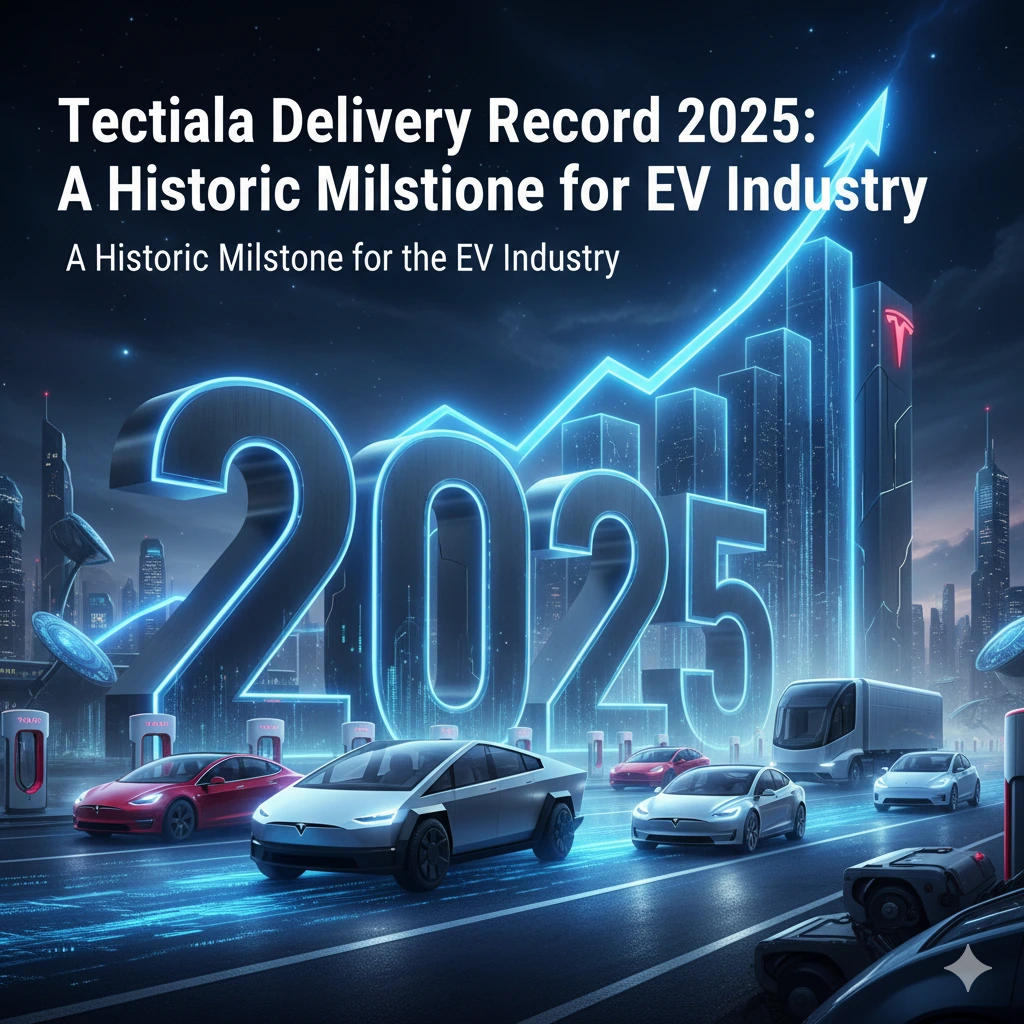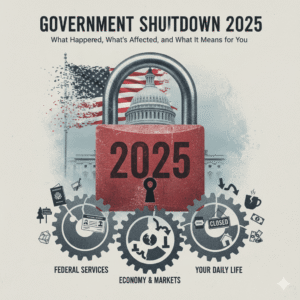Tesla has once again set a Tesla delivery record, achieving its best-ever quarter in Q3 2025 with 497,099 vehicles delivered worldwide. This historic achievement not only exceeded market expectations but also cemented Tesla’s position as a leader in the global electric vehicle (EV) industry (Reuters).
This delivery record isn’t just about numbers; it reflects how government policies, consumer preferences, and energy innovations intersect in shaping the future of mobility.
Breaking Down the Tesla Delivery Record Numbers
Tesla’s Q3 2025 results included several important highlights:
Deliveries: 497,099 vehicles (7.4% higher than Q3 2024).
Production: 447,450 vehicles, fewer than deliveries, which indicates Tesla used existing inventory to meet demand.
Models 3/Y: These accounted for the majority of the Tesla delivery record, confirming that affordable, mass-market EVs drive growth.
Models S/X and Cybertruck: Together contributed 15,933 deliveries, showing steady but smaller demand for premium vehicles.
Energy Business: Tesla deployed a record 12.5 GWh of energy storage capacity, proving that its clean energy business is becoming a strong growth engine (Teslarati).
Why Did the Tesla Delivery Record Happen in Q3 2025?
The Tesla delivery record was heavily influenced by U.S. government policy. A $7,500 federal EV tax credit expired on September 30, 2025, and buyers rushed to finalize purchases before the deadline. Tesla leaned into this opportunity with strong marketing campaigns and discounts, effectively front-loading demand (Business Insider).
Beyond the U.S., Tesla continues to see stable demand in China, though European sales face pressure from strong competition by Volkswagen, BMW, and BYD. Still, the American demand surge offset international softness, giving Tesla the push needed for this record quarter (Financial Times).
Consumer Impact of Tesla’s Delivery Record
The Tesla delivery record signals important consumer shifts in the EV marketplace:
Pricing & Affordability: Tesla has frequently adjusted prices to stimulate demand. The delivery record shows that consumers respond quickly when prices and incentives align.
Model Popularity: The Model Y, part of the Tesla delivery record, remains the world’s best-selling EV. Its mix of affordability, range, and practicality makes it attractive to families and commuters (Car and Driver).
Used EV Market: With more Teslas hitting the roads, the resale market may see downward pressure on prices, making EVs more affordable for second-hand buyers (Kelley Blue Book).
Energy Integration: Consumers are also showing greater interest in Tesla’s energy ecosystem, from the Powerwall to the Megapack, indicating Tesla’s broader role in clean energy adoption (Tesla Powerwall).
Challenges Ahead After the Tesla Delivery Record
While this record is a major win, Tesla faces challenges that could shape future quarters:
Post-Tax Credit Slowdown: With incentives gone, demand in the U.S. could decline in Q4.
Rising Competition: Rivals like BYD, Rivian, and Lucid are rapidly scaling production, challenging Tesla’s dominance (Bloomberg).
Profitability Pressure: Tesla’s price cuts have boosted volume but reduced margins. The delivery record highlights scale, but profitability remains a question.
Autonomous Driving Delays: Promises of robotaxis and full self-driving still face regulatory hurdles (The Verge).
Tesla Delivery Record and the Future of EVs
The Tesla delivery record in 2025 is more than a company milestone; it’s a snapshot of the EV industry’s growing momentum. Government incentives, consumer readiness, and rapid innovation are accelerating the shift away from gasoline vehicles.
As Tesla diversifies into energy and software, its delivery record shows the company’s ability to lead multiple sectors at once. For consumers, this means EVs are no longer niche — they’re mainstream.
To read more blog: Netflix Stock in the Spotlight: How the Hamish Steele Backlash Could Hit Its Market Value
Conclusion
The Tesla delivery record of 497,099 vehicles in Q3 2025 proves that demand for electric vehicles is strong when affordability, incentives, and innovation align. While challenges remain, this milestone highlights Tesla’s central role in the clean energy transition and the broader shift toward sustainable transportation.
Whether future quarters can match this pace will depend on how Tesla manages pricing, competition, and consumer trust — but one thing is clear: the Tesla delivery record of 2025 is a turning point for the EV industry.





